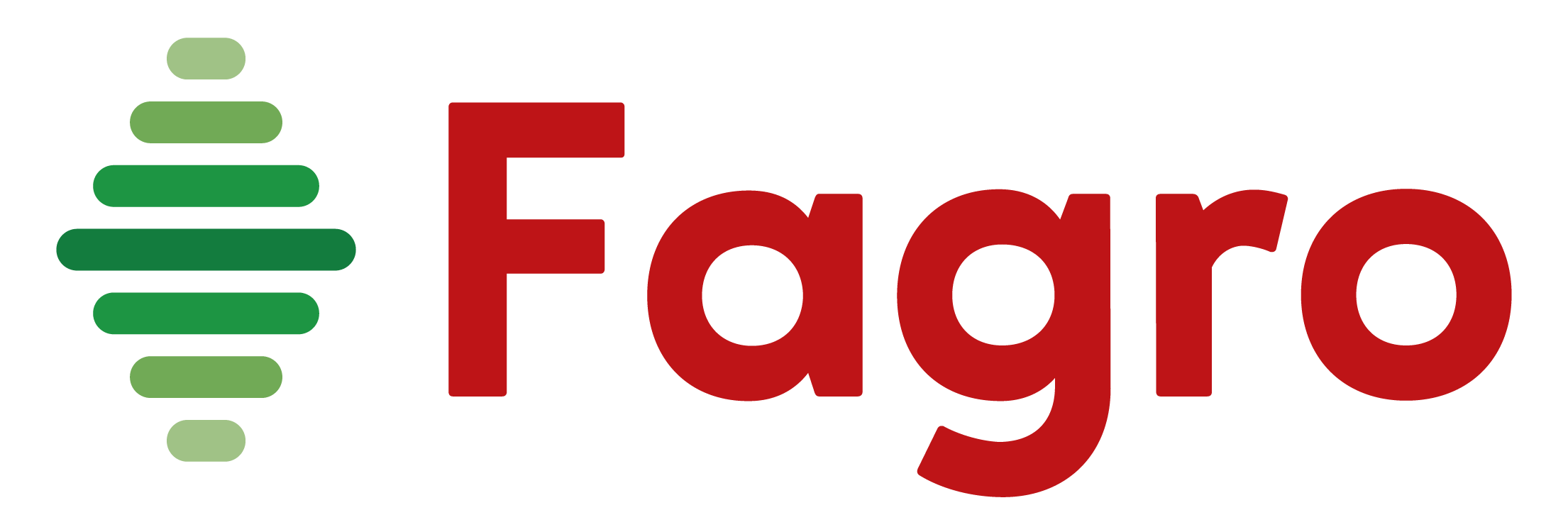The industry has exponentially experienced an evolution in which the key element for efficient production is process information. The industry has gone through several revolutions that have left a very marked mark on our society in all its elements such as education, entertainment and also in the agri-food sector.
Over time until now, several industrial revolutions have emerged that have marked the industry, leaving different mechanisms to help achieve better and faster production:
First Revolution – industry 1.0, was born in the mid-seventeenth century and has as its pillars the steam engine that gives way to the entry of machinery in the production processes
Second Revolution – industry 2.0, takes place at the end of the 19th century and consists of the implementation of electricity for domestic and industrial purposes.
Third Revolution – Industry 3.0, evolves throughout the 20th century and is represented by the use of robots or robotization and automation of processes in factories.
We are currently at the beginning of the fourth industrial revolution or Industry 4.0, this is characterized around the so-called intelligent companies, where machines and systems are connected to each other and whose reason is the search for efficiency and adaptability of production systems. In this context, the information collected becomes the pillar of the processes, which is collected through sensors and other technologies deployed throughout the production area that require a high capacity for storage, processing and analysis to be converted into information. useful for performance.
Agriculture 4.0
Agriculture is a large-scale production industry. And all the aforementioned industrial revolutions had a reflection on how it is produced now. For example, Industry 1.0 or Agriculture 1.0 added the steam engine as the steam tractor. Electricity gave way to Agriculture 2.0, which provided industrialization solutions that helped increase production capacities, mainly in the post-harvest process, such as oil mills. The 20th century introduced Agriculture 3.0 where it was possible to automate agricultural processes, making it normal to see machines that carry out the complete cycle in tasks such as planting, harvesting, fertilization, etc.
Now with the fourth revolution or also called Agriculture 4.0, it is beginning to be noticed in the agricultural world that through the exploitation of information they seek to improve processes. The information that is being interconnected and is being used is, for example, meteorological information, monitoring of pests and diseases, in order to achieve better planning of the use of water, fertilizers and phytosanitary products, giving rise to what is called Precision Agriculture.
For this, it is necessary to install sensors on the land to be cultivated and to have the capacity to process the data as well as to ensure their transmission. At the moment this can be a problem since there are regions in which there is no coverage or 2G technology, although on the other hand there are places in which they have 4G technology.
Grupo Fagro together with Pessl Instruments and Agrotecnología de México formed Metos-Fagro, a company that will innovate the Mexican countryside using Internet of Things (IoT) technologies.

